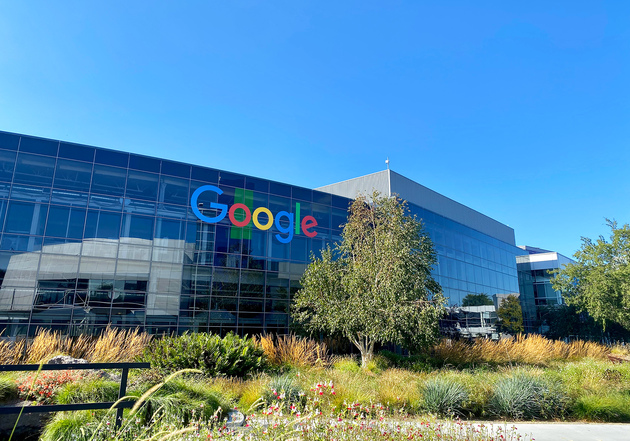
Photo/Zheng Yuhang (NBD)
NO.1 OpenAI, Google and others jointly developed large model safety international standards officially released
At the 27th Session of the UN Commission on Science and Technology for Development held in Switzerland, the World Digital Technology Academy (WDTA) released the "Safety Test Standards for Generative AI Applications" and "Safety Test Methods for Large Language Models" , which were jointly compiled by dozens of experts and scholars from multiple units such as OpenAI, Ant Group, iFLYTEK, Google, Microsoft, NVIDIA, Baidu, and Tencent.
Commentary: This is a milestone in international cooperation in large models, and the AI safety standards jointly developed by several technology giants will promote the sustainable development of the industry.
NO.2 AMD releases new generation AI PC chip
On April 16, Eastern time, AMD announced the launch of two new products - Ryzen Pro 8040 series and Ryzen Pro 8000 series, expanding its commercial mobile and desktop AI PC product portfolio to provide enterprise users with excellent productivity and high-quality AI and networking experience. Both products use a 4nm manufacturing process. Among them, the Ryzen Pro 8040 series is suitable for notebooks. AMD claims that it is the most advanced x86 processor designed for commercial laptops and mobile workstations. The Ryzen Pro 8000 series is suitable for desktops and is the first AI-enabled desktop processor for enterprise users, providing cutting-edge performance at low power consumption.
Commentary: AMD's AI chip for the commercial market could change the performance landscape of personal computers.
NO.3 NASA seeks a more economical solution to return Martian samples
On the 15th, NASA said that it will seek a faster and more economical solution to return samples collected from Mars to Earth. The Mars sample return project will be temporarily shelved until a suitable solution is found. In order to return critical samples to Earth earlier and at a lower cost, NASA has asked its subordinate agencies to work together to develop a revised plan that utilizes innovative and mature technologies. In addition, NASA will also solicit suggestions from industry on how to return samples. The agency hopes to return at least some of the collected samples to Earth in the 30s of this century, and control the cost within $7 billion.
Commentary: NASA's search for a more economical solution to return Martian samples demonstrates the importance of cost-effectiveness in space exploration.
NO.4 Samsung launches 10.7Gbps LPDDR5X DRAM optimized for AI applications
Samsung recently announced that it has developed its first LPDDR5X DRAM (Dynamic Random Access Memory) that supports up to 10.7Gbps. It uses a 12nm process technology and is also the smallest chip size among Samsung's existing LPDDRs. According to Samsung, the product can adjust and optimize the power supply mode according to the workload frequency, expand the low-power mode frequency band, improve energy efficiency by 25% compared to the previous generation, and improve performance by more than 25%.
Commentary: The launch of Samsung's new generation DRAM heralds a significant improvement in the performance of AI applications.
Disclaimer: The content and data of this article are for reference only and do not constitute investment advice. Please verify before using.


 川公网安备 51019002001991号
川公网安备 51019002001991号





